Sauté, Pan-Fry, and Stir-Fry: Unlocking the Secrets of Versatile Cooking Techniques
Cooking techniques are essential skills in any kitchen, each method bringing out distinct flavors and textures in food. Among the myriad ways to cook, sautéing, pan-frying, and stir-frying stand out for their versatility and effectiveness in preparing various dishes. Though they might seem similar at first glance, each technique has unique characteristics that distinguish them from one another.
Sautéing, derived from the French word “sauter,” meaning “to jump,” involves cooking food quickly in a small amount of oil or fat over medium to high heat. This method is ideal for cooking smaller pieces of food, allowing them to develop a delicate browning without becoming overcooked. Sautéing is perfect for vegetables, thin cuts of meat, and seafood, offering a balance of flavor and texture.
Pan-frying, on the other hand, requires a bit more oil and slightly lower heat compared to sautéing. This technique is best suited for cooking larger, thicker pieces of food, such as chicken breasts or fish fillets, creating a crisp, golden-brown crust while ensuring the inside is cooked through. Pan-frying is a go-to method for achieving a satisfying crunch and rich flavor in heartier dishes.
Stir-frying, a staple in Asian cuisine, involves cooking small, uniform pieces of food in a wok over very high heat with constant stirring. This rapid cooking method preserves vegetables’ vibrant colors and crunchy textures while evenly cooking proteins. Stir-frying is ideal for creating quick, healthy meals that burst with flavor and retain nutritional value.
Understanding the differences between sautéing, pan-frying, and stir-frying allows cooks to choose the best technique for their culinary creations, enhancing their dishes’ taste and presentation.
Sauté
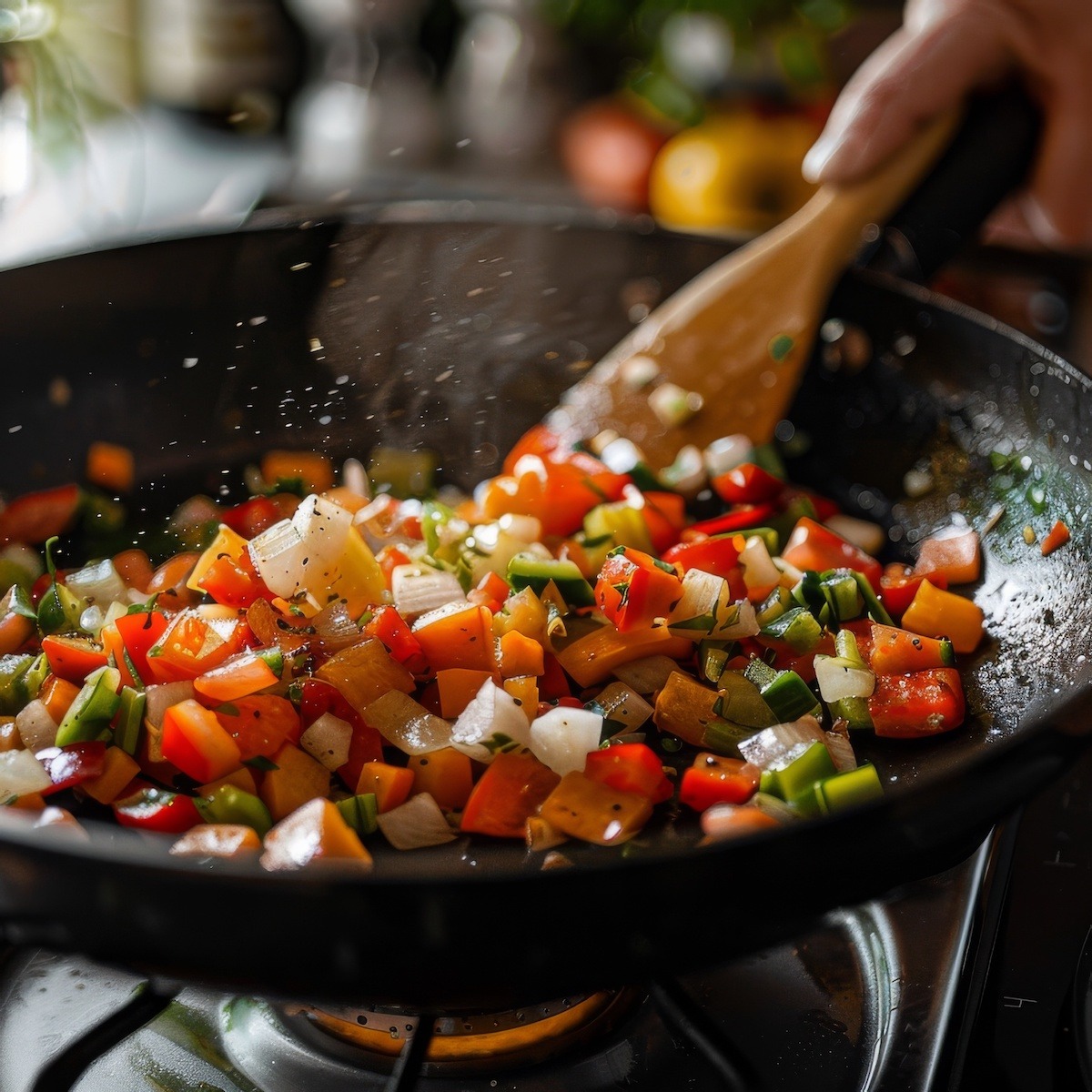 Sautéing Vegetables
Sautéing Vegetables
Sautéing is a fundamental cooking technique that emphasizes quick, efficient cooking with minimal fat over medium to high heat. The term “sauté” comes from the French word “sauter,” meaning “to jump,” which aptly describes the way food moves around in the pan during this cooking process. This method is favored for its ability to develop rich flavors and textures without prolonged cooking.
To sauté effectively, a few key elements are crucial. First, choose the right pan—typically a wide, shallow skillet with a heavy bottom to ensure even heat distribution. Preheating the pan is essential; the goal is to add the oil or fat just before it reaches its smoke point. This ensures that the food sears quickly, locking in moisture and flavor. Common fats used in sautéing include olive oil, butter, and vegetable oil, each imparting its unique flavor.
Often cut into small, uniform pieces, the food is added to the hot pan in a single layer to prevent overcrowding. Overcrowding the pan can lower the temperature, leading to steaming rather than sautéing, resulting in soggy food. The ingredients are then stirred or flipped frequently to ensure even cooking and prevent burning.
Sautéing is incredibly versatile, suitable for various ingredients, from vegetables and mushrooms to thin cuts of meat, poultry, and seafood. It’s a technique that’s particularly useful for quick meals, as it allows for the development of complex flavors quickly. The high heat caramelizes the natural sugars in food, creating a beautiful golden-brown crust that enhances the final dish’s appearance and taste.
Mastering the art of sautéing can elevate everyday cooking, transforming simple ingredients into flavorful, aromatic dishes that delight the senses. Whether preparing a quick weeknight dinner or a sophisticated meal, sautéing is a go-to technique that brings out the best in your ingredients.
Pan-Fry
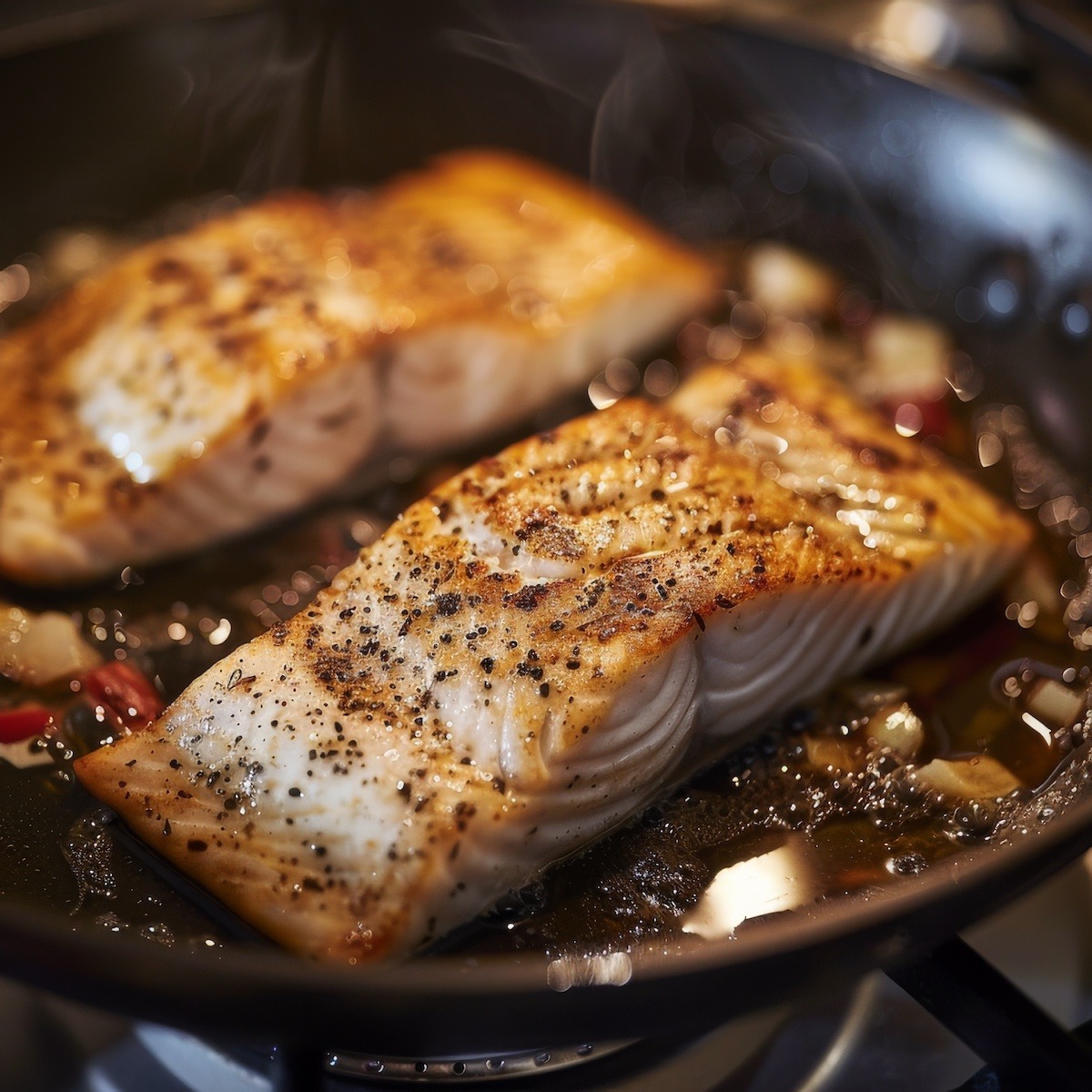 Pan-Fry Fish Filets
Pan-Fry Fish Filets
Pan-frying is a versatile cooking technique that balances the high heat of sautéing and the deeper fat immersion of deep-frying. It involves cooking food in a moderate amount of oil or fat over medium to medium-high heat, producing a beautifully golden-brown crust and a juicy, tender interior. This method is well-suited for larger, thicker meat, poultry, fish, and vegetable cuts.
The pan-frying process begins with selecting the right pan—typically a heavy-bottomed skillet or frying pan that ensures even heat distribution. Preheating the pan is essential to achieve an optimal sear, creating a barrier that locks in the food’s natural juices. Once the pan is hot, a layer of oil or fat is added. Common choices include vegetable oil, canola oil, or clarified butter, each providing different smoking points and flavors.
The food is then placed in the pan, making sure not to overcrowd it, as this can cause the temperature to drop and result in uneven cooking. The goal is to achieve a consistent, golden crust on the outside while ensuring the inside cooks through properly. Depending on the thickness of the food, it may be necessary to adjust the heat or finish cooking in the oven to avoid burning the exterior while the interior remains undercooked.
Pan-frying is ideal for breaded items like chicken cutlets, fish fillets, and pork chops, where the coating can crisp up beautifully. It’s also perfect for creating a delightful texture contrast, such as with potatoes or eggplant slices, where the exterior becomes crispy while the interior stays tender.
Mastering pan-frying opens up a world of culinary possibilities, allowing cooks to create dishes with rich, deep flavors and satisfying textures. This technique is a staple in home kitchens and professional settings, valued for transforming simple ingredients into mouthwatering, visually appealing meals.
Stir Fry
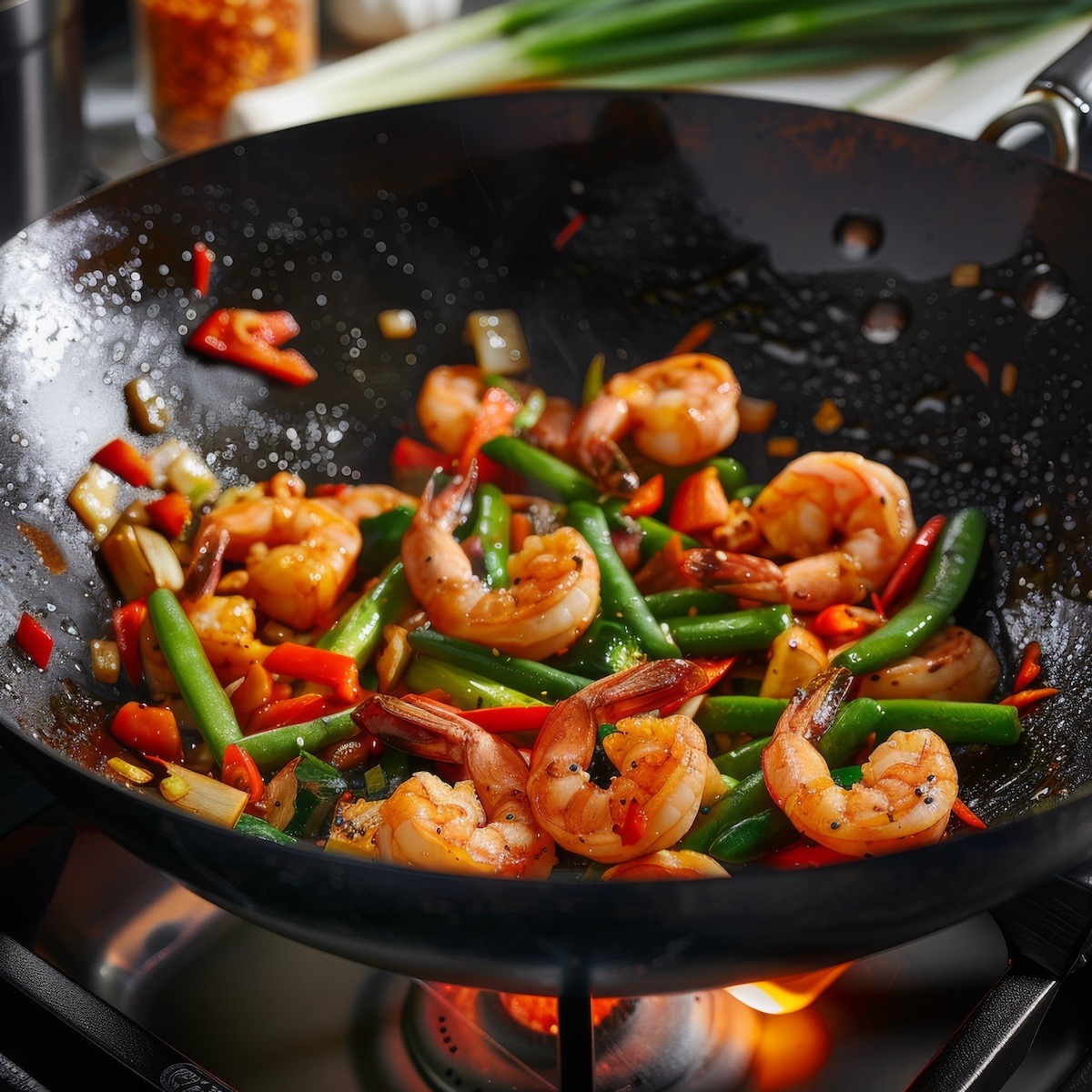 Stir Fry Shrimp and Vegetables
Stir Fry Shrimp and Vegetables
Stir-frying is a dynamic and efficient cooking technique that originated in Chinese cuisine and has become popular worldwide. This method involves quickly cooking small, uniform pieces of food at high heat in a wok or a large, heavy-bottomed skillet. The hallmark of stir-frying is constant stirring, which ensures even cooking and prevents burning.
A key to successful stir-frying is preparation, often called “mise en place.” This means having all ingredients prepped and ready before cooking begins. Vegetables are typically cut into bite-sized pieces, and proteins are sliced thinly to ensure they cook rapidly and evenly. Common ingredients for stir-frying include a variety of vegetables, such as bell peppers, broccoli, and snow peas, along with proteins like chicken, beef, shrimp, or tofu.
The process starts by heating the wok until it is very hot, then adding a small amount of oil with a high smoke point, such as peanut or vegetable oil. Aromatics, like garlic, ginger, and onions, are usually added first to infuse the oil with their flavors. Next, the protein is cooked quickly, followed by the vegetables. Because the heat is so high, cooking times are very short, usually just a few minutes.
Sauces are often added towards the end of cooking to coat the ingredients and bring the dish together. These might include soy sauce, oyster sauce, or hoisin sauce, providing a balance of salty, sweet, and umami flavors.
Stir-frying is prized for preserving the ingredients’ vibrant colors, textures, and nutritional content. The result is a visually appealing dish packed with fresh, intense flavors. This technique is ideal for creating quick, healthy meals that are as enjoyable to prepare as they are to eat.
Dry Heat Cooking Method
Dry heat cooking is a method that involves cooking food without the use of water, broth, or other liquids. Instead, it relies on hot air circulation or direct contact with a hot surface to transfer heat to the food. This method enhances the flavors and textures of food by caramelizing the sugars on the surface, resulting in a richly browned and flavorful crust. Here are some common techniques of dry heat cooking:
- Roasting and Baking: Both methods use the oven to cook food with dry heat. Roasting typically applies to meats and vegetables, while baking is used for bread, pastries, and other items. The hot air circulates around the food, cooking it evenly on all sides.
- Grilling: This involves cooking food on a grill over an open flame or heat source. The direct heat from the flame chars the food, imparting a smoky flavor and a crisp exterior while keeping the interior moist and tender.
- Broiling: Like grilling, broiling cooks food using direct high heat from above, usually in an oven. It’s ideal for quickly cooking or browning the surface of food, such as meats, seafood, or vegetables.
- Sautéing: This involves cooking food quickly in a small amount of fat in a pan over medium to high heat. The food is stirred or flipped to ensure even cooking and to achieve a golden-brown exterior.
- Pan-frying: Uses a moderate amount of oil or fat in a pan to cook food over medium heat. This method is suitable for thicker pieces of food, such as chicken breasts or fish fillets, creating a crispy crust while keeping the interior moist.
- Stir-frying: Common in Asian cuisine, this method involves cooking small, uniform pieces of food quickly at high heat in a wok with constant stirring. This technique preserves the food’s color, texture, and nutritional value.
Dry heat cooking is favored for its ability to develop complex flavors and appealing textures in food. It’s particularly effective for browning, caramelizing, and achieving a crisp, golden exterior while retaining moisture and tenderness inside.
One More Type of Frying – Shallow Frying
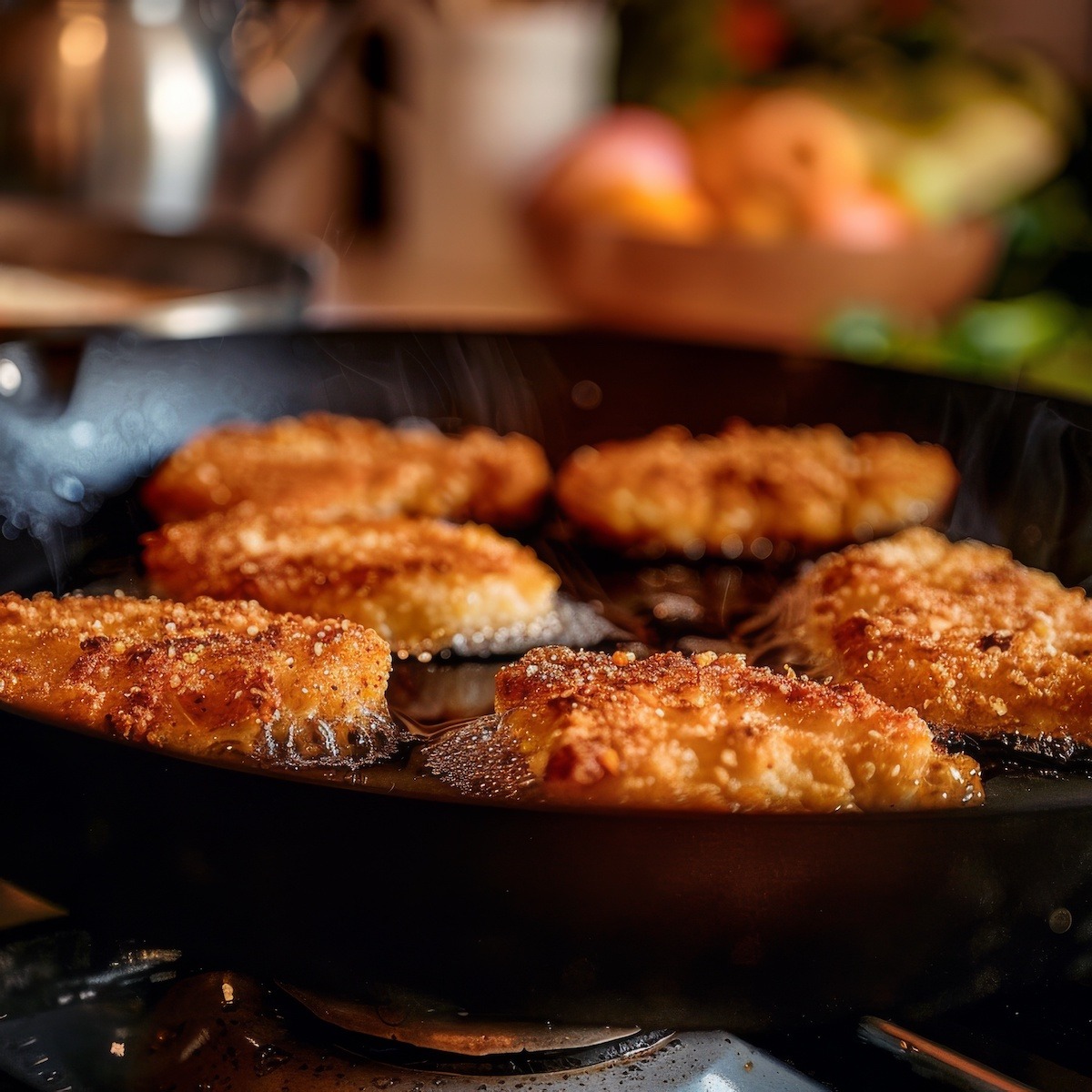 Shallow Fry Chicken Cutlets
Shallow Fry Chicken Cutlets
Shallow frying is a cooking technique that involves frying food in a small amount of oil or fat, typically enough to cover about halfway up the sides of the food. Unlike deep frying, which submerges food entirely in hot oil, shallow frying uses less oil and is often done in a skillet or frying pan over medium to high heat. This method is ideal for achieving a crispy, golden-brown exterior while keeping the inside moist and tender.
The process begins by heating the oil in the pan until it reaches the desired temperature, usually around 350°F to 375°F (175°C to 190°C). The food, often breaded or battered, is placed in the hot oil. It’s important not to overcrowd the pan, which can lower the oil temperature and result in soggy food. The food is cooked until one side is golden brown, then flipped to cook the other side to the same degree.
Shallow frying is commonly used for items like chicken cutlets, fish fillets, fritters, and vegetable patties. The technique allows for a quicker cooking time than baking or roasting, and the direct contact with hot oil creates a delectable crust. Mastering shallow frying can elevate simple ingredients into satisfying, flavorful dishes, making it a valuable skill in any kitchen.

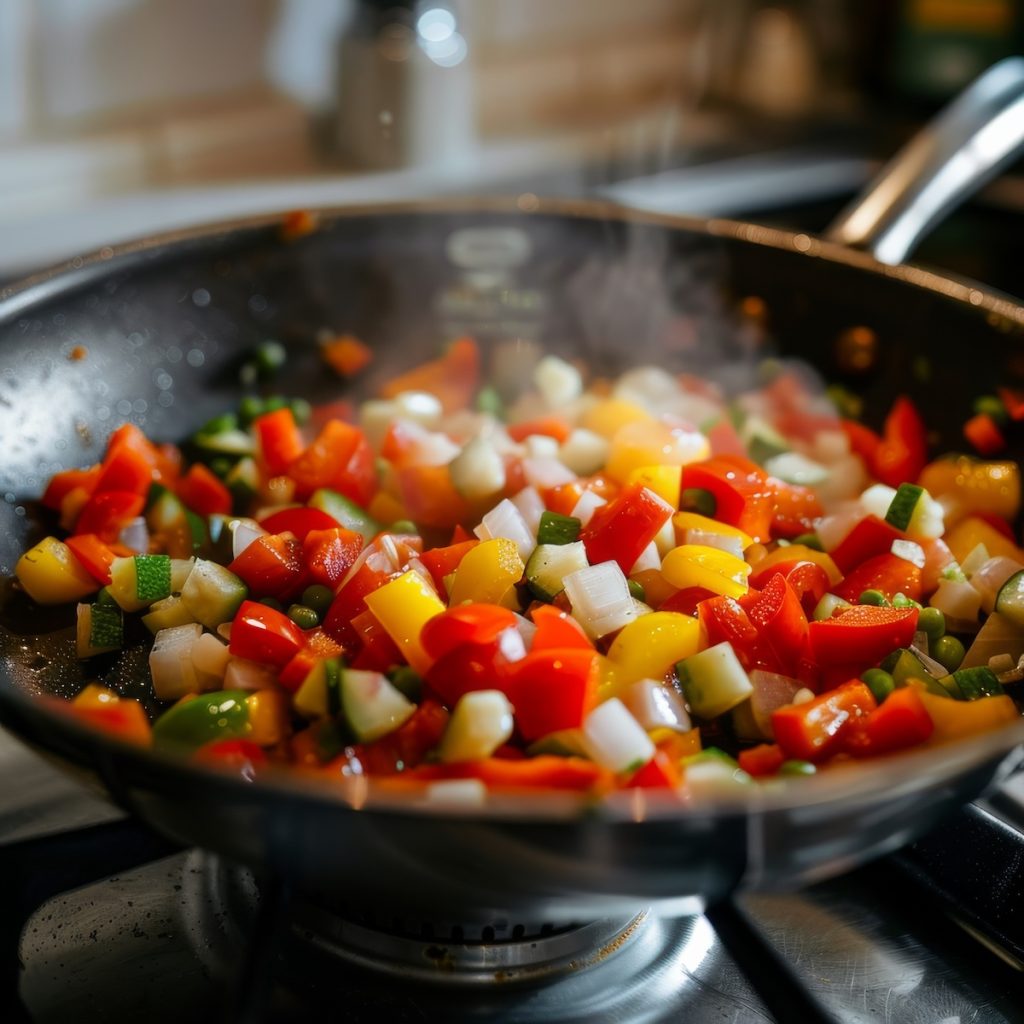
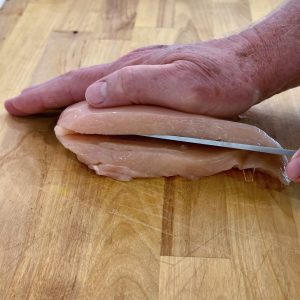
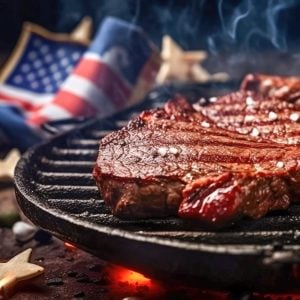
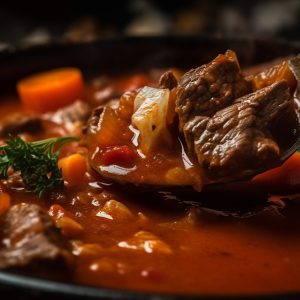
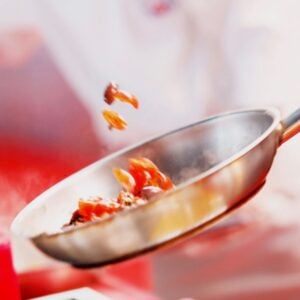
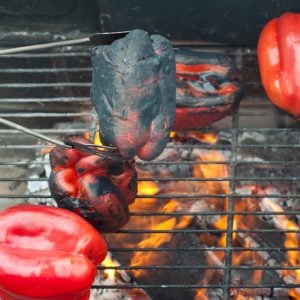
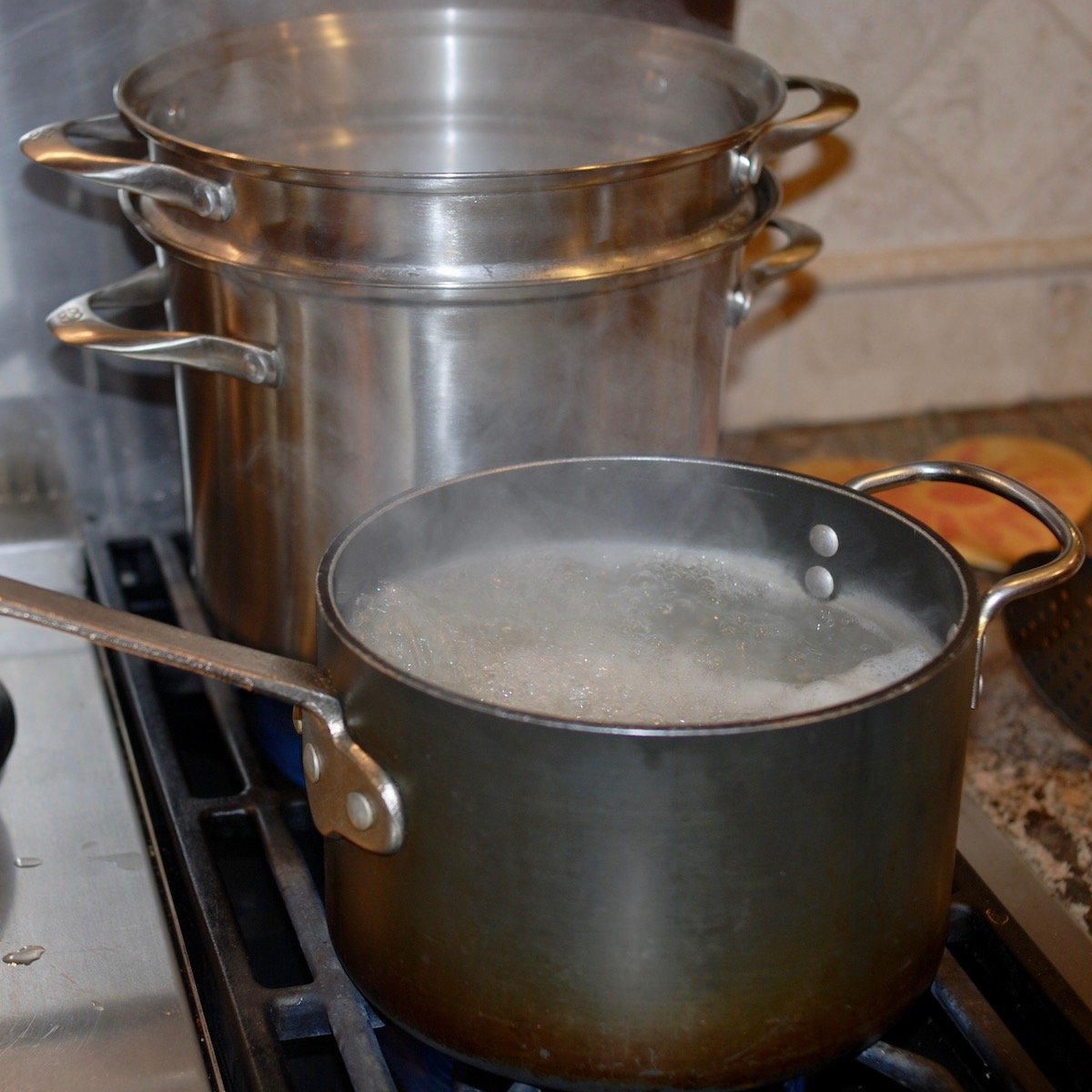


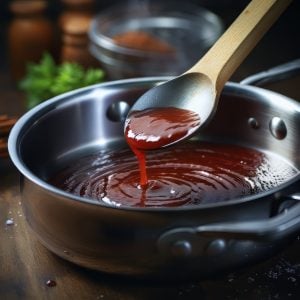
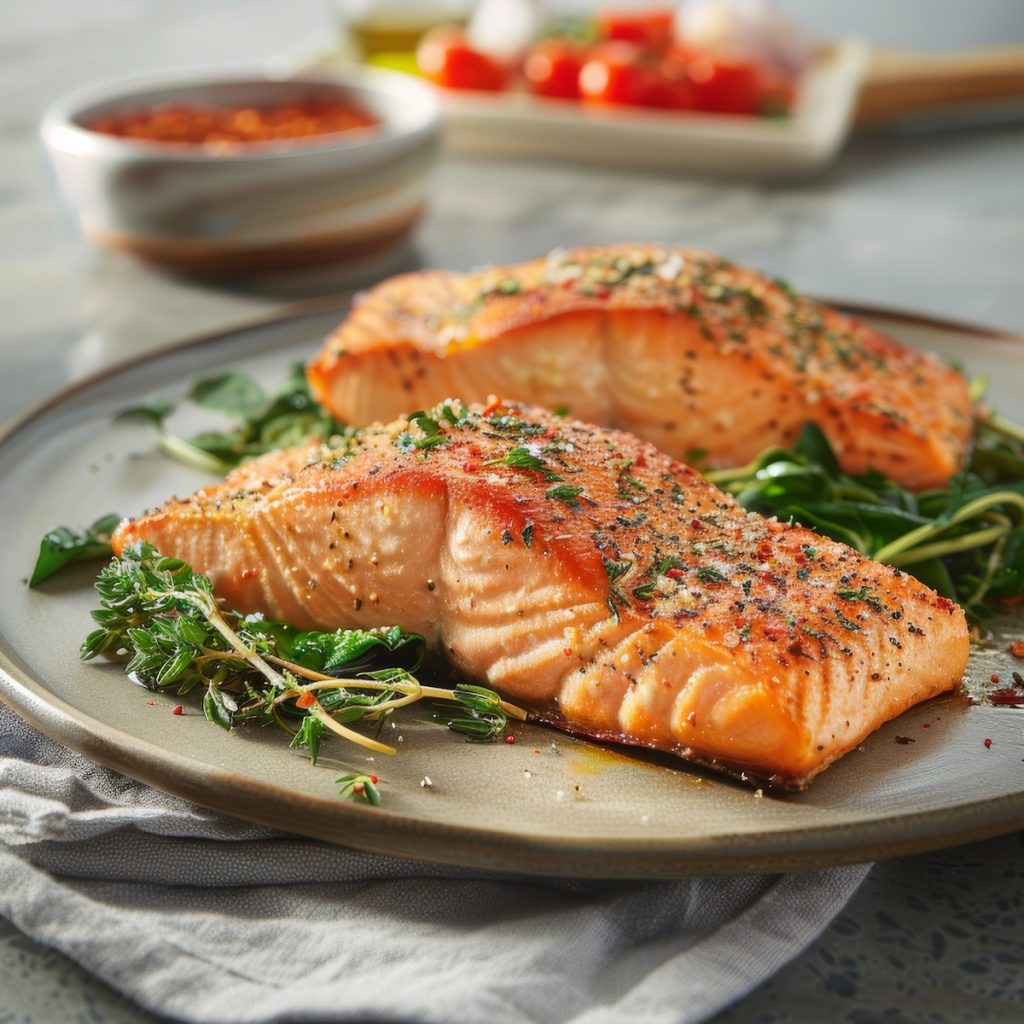
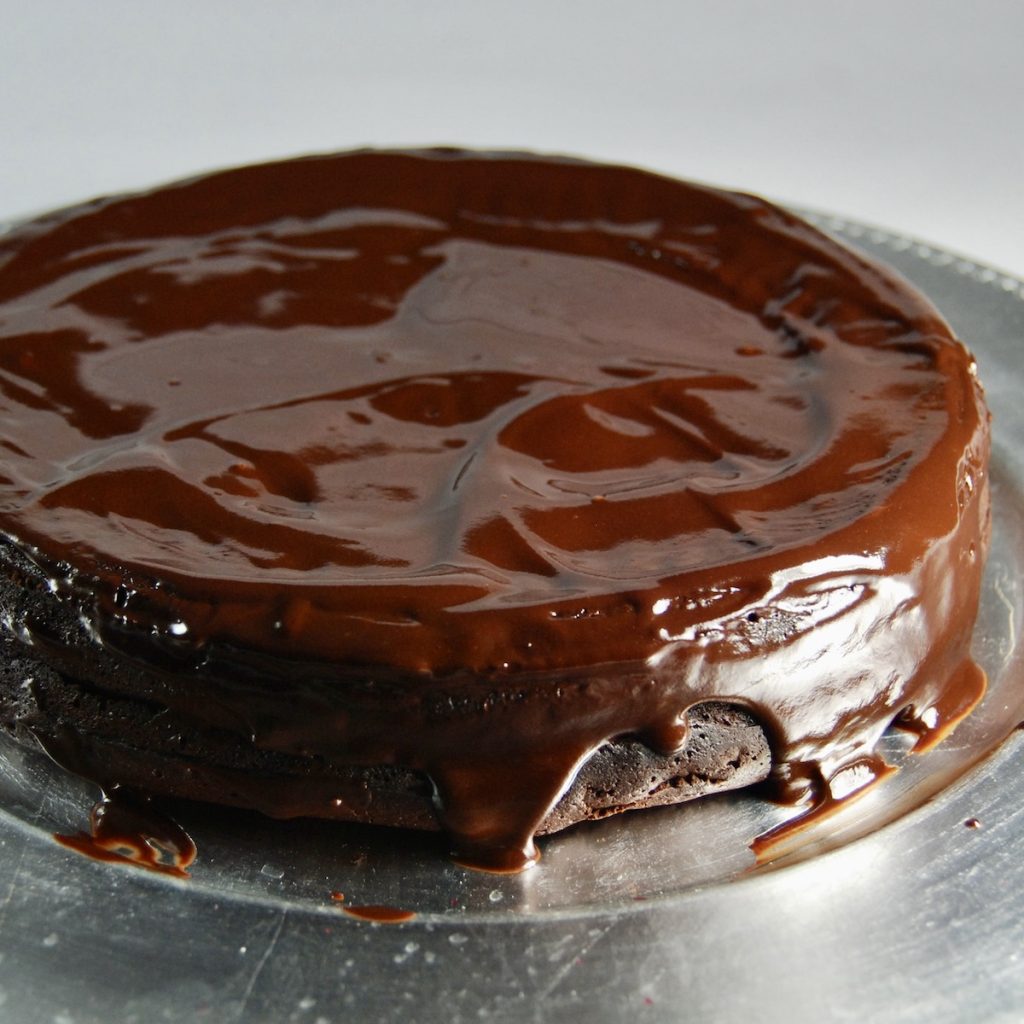
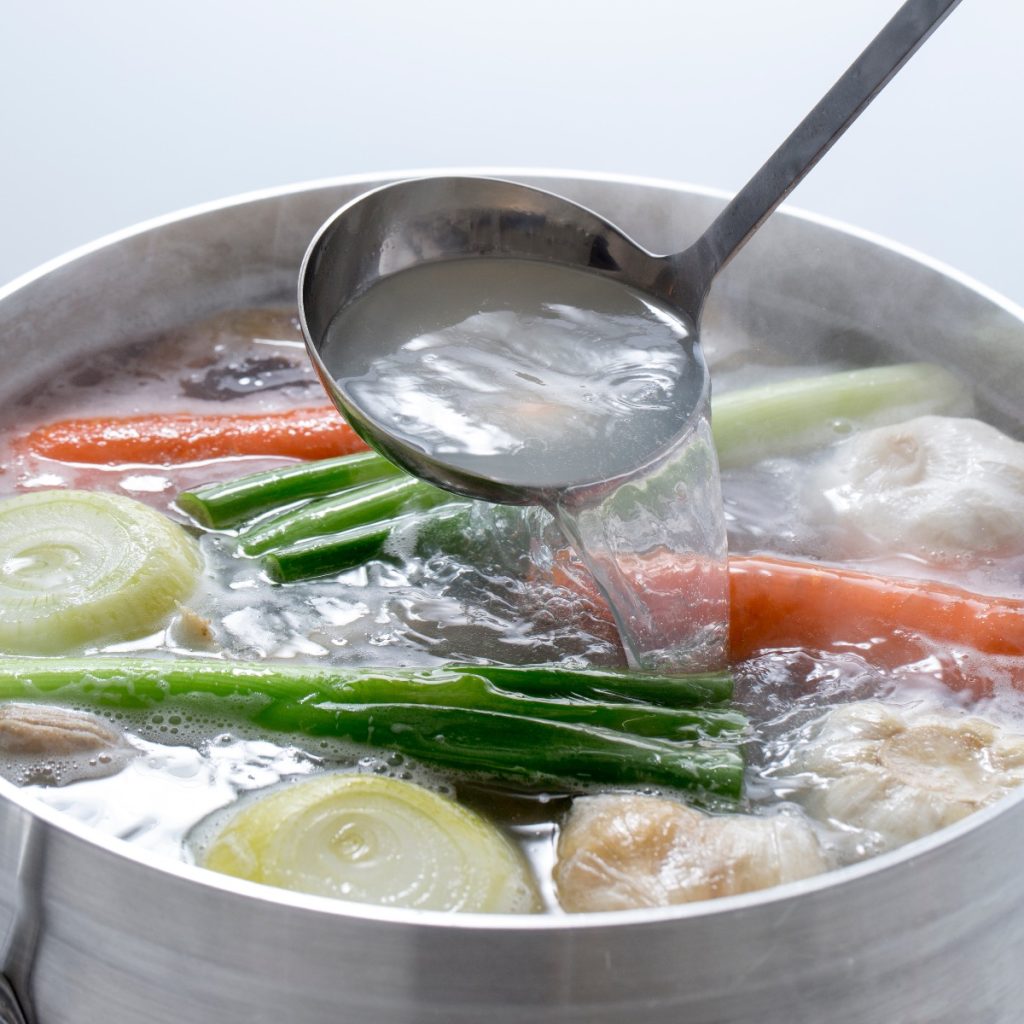
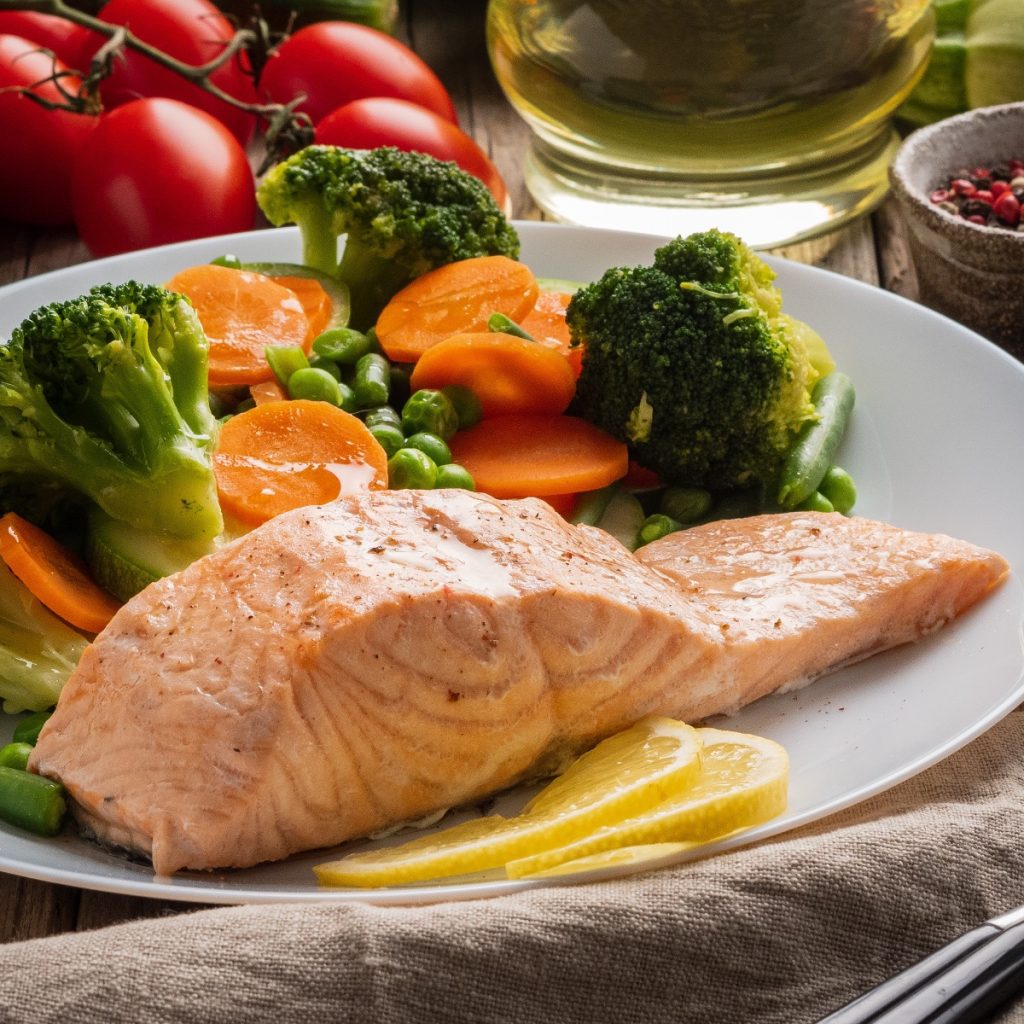

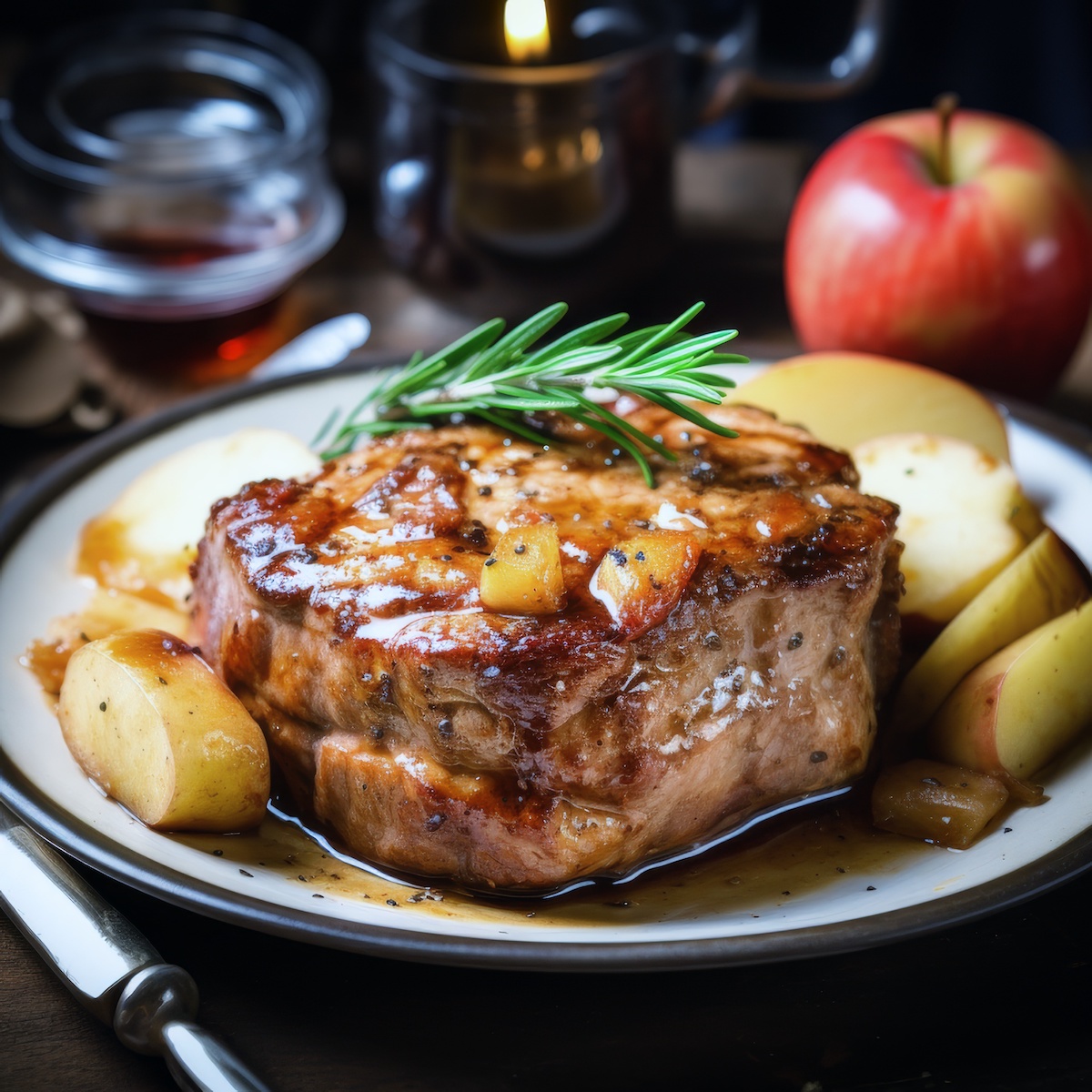
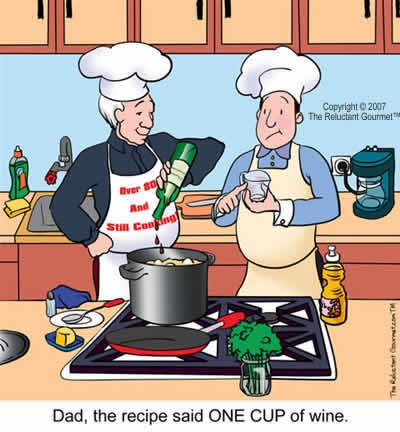
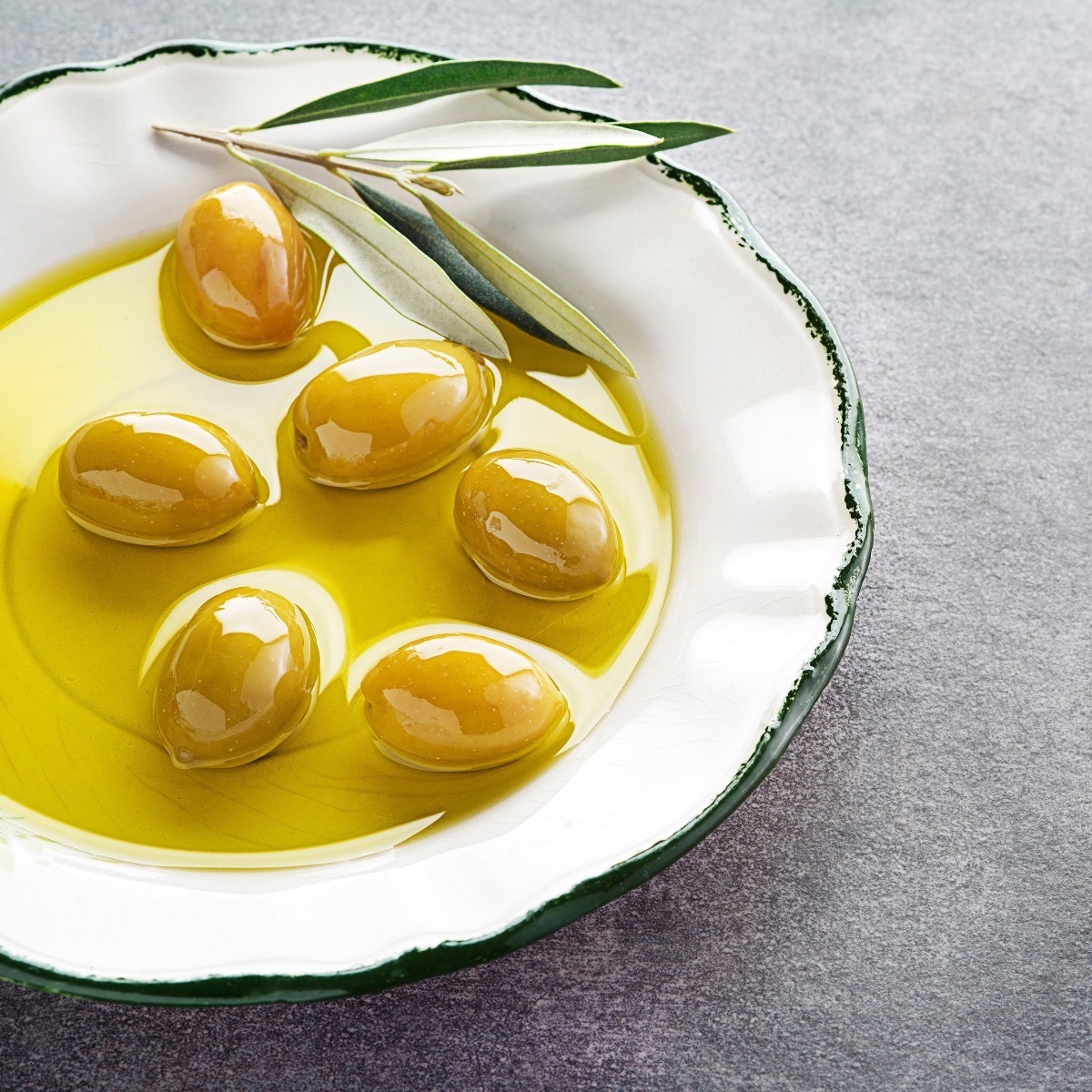

31 Responses
thanks about the difference between saute pan fry and stir fry
A nice lesson to learn.
Thank you.- RG
“Sauté” literally means ‘jumped’ although it does come from the infinitive french verb, “Sauter” which is ‘to jump’.
Just a clarification on an otherwise great article on making distinctions!
Thanks for the French lesson Katie – RG
Which methods are optimal to retain nutrients? Sauteing or Frying ?
I would say it is a toss up, no pun intended. – RG
THANK YOU!
Loved the article! I’m pan frying salmon in two days for a brunch and unless you’ve done it a thousand times, there isn’t a lot of literature to teach you how. This was most helpful on the basics. Definitely doing a test run tomorrow, though!
thanks. we were looking for new fry? pan and none looked like what i thought i was supposed to have, this clarified it. have to take back however, cuz you taught me i need a stainless steel rather than coated pan to get good bits for sauces. thanks again
thanks for article. i was looking for new ‘fry’ pan and now realize i was looking for wrong thing, also reminded me that if i wanted good ‘bits’ for sauce etc. i didn’t want coated pan. i still worry about too high heat on my electric stove gas is better, right?
Vey helpful, thanks!
yes,it helps me a lot to understand more in frying..thanks and more power!
can the same pan I.e. Calphalon Unison non stick covered Fry Pan 12″ by 2/1/4 high be used for searing, frying, or sauteing? I need a new one and want to get a flat bottom large enough one and use for everything….also on a glass top cooking stove I am buying. would appreciate a reply
also, what does non-induction compatible mean?
Jackie, I suppose you could but I’m not a fan of using non stick pans for searing or sauteing when I want to make a quick pan sauce because you don’t that the fond, the stuff that sticks to the pan when searing meat. I don’t know what “non-induction compatible” but induction refers to induction burners.
Non-induction:
Induction is a method of heating food using magnetic induction to heat the pot. For this to work you need a pot which contains something ferrous – like cast iron, some stainless steel, and then other materials which the manufacturer has added something magnetisable to. If a pot is listed as non-induction then it doesn’t have iron or whatever in it so it will not be affected by the magnetic coil in the induction element. You can get induction elemets on stoves ir on stand alone hot-plates. The advantage of induction is you can control cooking temperature much more quickly than an electric element/burner can. Also, you won’t burn yourself on it!
Thank you so much – loved the pun
Thanks so much for the real insights to basics of cooking! 🙂
Loved it…
dishana
thank you,l learned a lot from your text and knew the differences among all kinds of cooking methods.
Hi. Excellent article. I learned a lot. Where I’m from, saute is a term only used if you’re frying in butter. Pan frying is done with oil. But, no matter what we call it, food is a universal language.
Thanks a lot for this useful information. I am so happy and thankful to have been introduced to MEC pure clay pans by a friend. I do all kinds of cooking except deep frying sauteing, stir fry, even making eggs and pancakes in these pans. These pots are pure and non toxic, so no fear of contamination in the food.The best part is that the food stays hot for longer periods of time without refrigeration. I got mine from Miriams Earthen Cookware(online) I love these pans… truly amazing!
Hey Sam, thanks for your comments and suggestions.
The way I learned it, stir fry is very similar to sautee. But stir fry is done at high enough heat that the food risks scorching if it remains stationary for long, so with a stir fry you keep the food in constant motion, whereas in a sautee, you can let the food rest briefly at periods during the cooking (though frequently moving the food around to expose different faces to the hot pan/oil is also an important part of a sautee)
Hi Eric, that is how I learned it myself but since then I have changed my definition although I still often use the term saute with pan fry interchangeably. I now see saute also having to do with the size of the ingredient you are cooking. For example, if you were cooking bite sized pieces of chicken in a little bit of oil, it would be saute. If you were cooking a half chicken breast in a little bit of oil, it would be pan fry.
I am a school student currently in grade 10 thanks to this I passed thanks actually this wasn’t a requirement but yet I passed thx amberleigh barber
My favorite pans are “Mineral B” de Buyer! Heavy but non-stick, dependable and non-toxic! With care they’ll last forever. I like to season with coconut oil.
One must be able to differentiate also the temperatures used in each technique, as well as the cooking oils and its characteristics. These factors should surely have some impact on the taste and health effects of the recipes.
For example, I fry one egg in a small pan, using just a drop of either unrefined or virgin olive oil. I make this a very slow cooking – so that the loss in its taste is minimal, and I add newly ground linseed to the egg white so that its oils gently seep and mix to the taste.
Would that be considered pan frying?
This only confirms that pan frying is the same as sautéing.
This article tried desperately to cling to the romantic idea that sautéing is a different cooking method to frying in order to justify all those chefy restaurant menus and pretentious chefs.
Of course you are going to lower the temperature for a whole thicker piece of meat, that’s the art of cooking. A slight temp change doesn’t change the cooking method. Grilling is grilling whether my grill is set to 2 or 8.
Are we saying that ‘frying’ diced onion and garlic must be referred to as sautéing simply because the pieces are small?
Far too often poor to average food is jazzed up and hidden behind pretentious french words. We need less bull’ in the food industry!
I’m off to fry some small chunks of beef.
This is perhaps the best way to explain dry heat cooking method. It has really added value. Thanks a lot.
Thank you for that information.
You are welcome Sarah.
Solid descriptions. Although I’ve always applied those techniques dependent on what I was cooking I just thought I was pan frying them all. Loved reading the technical side to it. Cheers Pal
This was really useful information! I was taught to cook by my Grandmother who referred to all of the above methods as “frying” which left me confused when learning new recipes now that she is gone. I really thought “saute” was just what rich people said so they didn’t have to admit they eat fried food like everyone else.
That’s so funny Jamie. I like your logic.